Cooking

Sugar Lab (Portland). 3D printed cakes.
Last revised May 21, 2017. Return to Major
concepts. See Diccan's posts.
Cooking is not strongly digital, but:
. uses a lot of numbers (quantities, proportions, times),
. gives importance of the processes and recipes, which are algorithms, kind of,
. so more so in food industry, with strongly automated systems.
< Deep Learning Algorithm Rewrites Traditional Recipes for New Regions, Ingredients. More info
Since the early 2010's, 3D printing is used for sugar decoration. See Sugar Lab. They use ChefJet 3D printers, which print "in a variety of edibles, including sugar, chocolate or candy, bringing vast new capabilities to the kitchen counter, baking board, cake shop, bar top, and catering outfit. Combining the complete design freedom of 3D printing with edible materials, chefs can create imaginative food designs that were previously impossible to make. Full-color cocktail decorations, architectural cake supports, interlocking candies, beautiful sugar sculptures: it’s all possible".
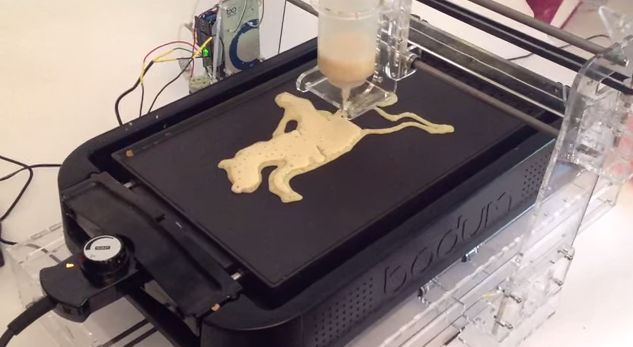
Pancakebot "batter not included".
Planète Robots (Nov-Dec 2014) indicates also that
- Barilla has launched a pasta 3D printing contest.
- PancakeBot.
sells machines to make custom shaped pankakes.
Adam Brandeis, in 2012, produces Google + Open Kitchen (2012). The idea is that chef Jamie Kennedy would do a series of live kitchen cooking sessions from his point of view, and people could participate or view it via google+ hangouts.
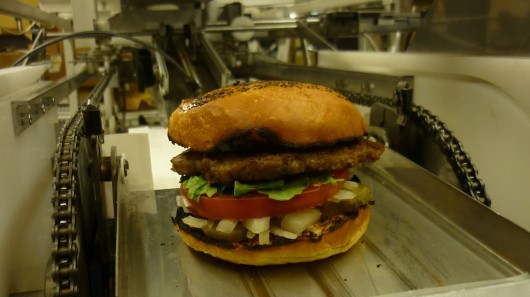
Burgers, "gourmet quality" done with Momentum's robots.
- Is it art? Momentum a Californian start-up, is offering "gourmet quality burgers at fast food prices" using robots to prepare them.
Molecular cooking is an interesting track to fragmentation an then digitization, with Hervé This, or the explanations given by Cabalero. See references below. Molecular gastronomy (you like it or not), or molecular gastronomy ( Wikipedia) takes to a deepening of digiization in culinary arts.
Further steps will be taken in the future, with the convegence of biology and computing, for instance with cultured beef. Another form of bio-art ?
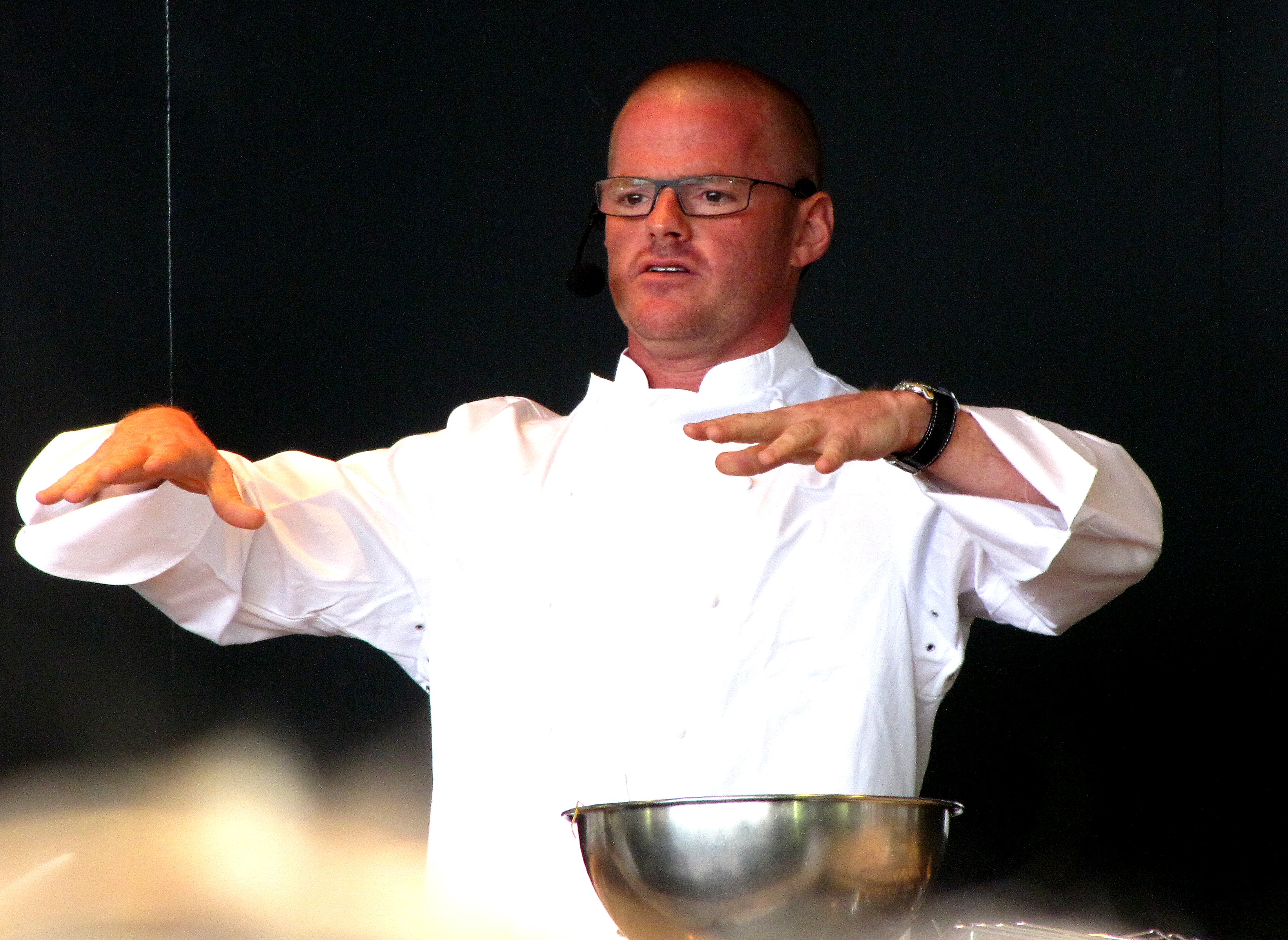
Molecular gastronomyby Heston Blumenthal
- Some digital tablets have been designed specifically for cooking, see QOOQ.
Some references
< Open Sauces, by Maja Kuzmanovic, Sara Engelen and Allan Chipperfield. Foam 2009. Page web.
< Cours de gastronomie moléculaire n° 1. by Hervé This. Belin 2009
< El Bulli. Texte et prétexte à textures. Soler et Adria dans leur contexte.by Oscar Caballero. Agnès Vienot editions, 2004. A typical example of fragmentation/assemblage. P. 9 (we translate) : "The associations part. On a paper sheet, all the products. On another one, all the cooking techniques, the vinaigrettes. On a third one, the emulsions. On a fourth one, herbs and spices. We formulate all the combinations and we test them. If you art implacable with yourself and do not indulge in a self-confidence, the system is imparable".
. .
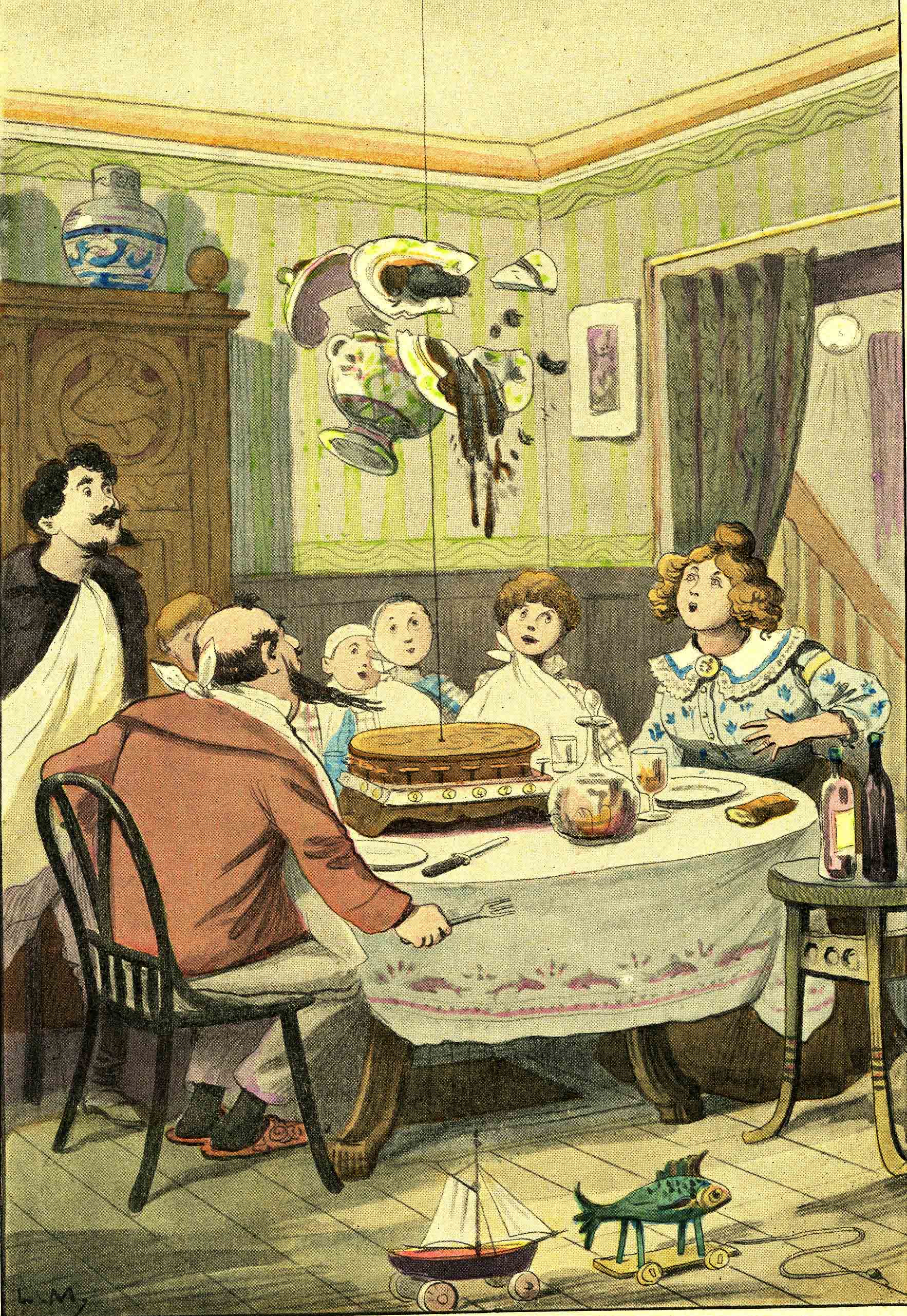
Automatic cooking, foreseen in 1898
< The diamond age, by Neil Sthephenson, Bantam 1995. Wikipedia. Centered on nanotechnologies, but tells about objects and cooking tele-fabrication.
< Crackville.
by Pierre Legendre. Société d'édition et de librairie. Ancienne librairie
Furne. Paris 1898. In this book written for children, Legendre foresees automatic creation of meals (possibly with bugs in the process).
DICCAN'S PARTNERS:
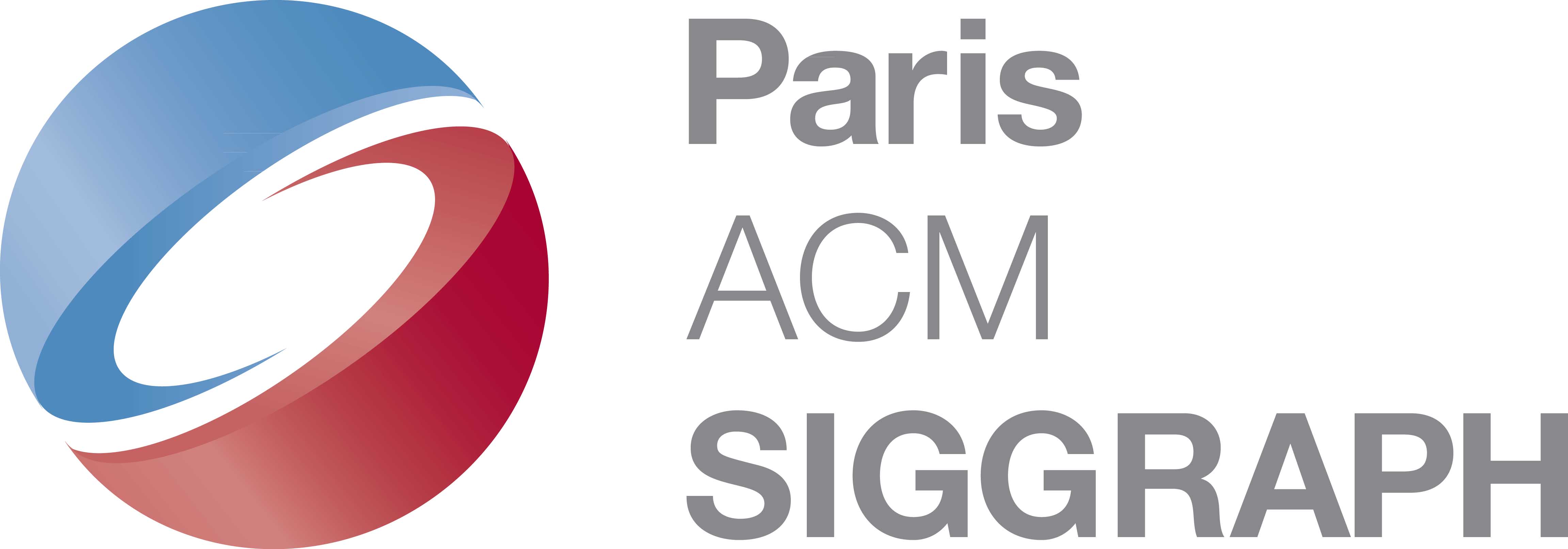
Paris ACM Siggraph, the French chapter of ACM Siggraph, worldwide non-profit organization of computer graphics.
